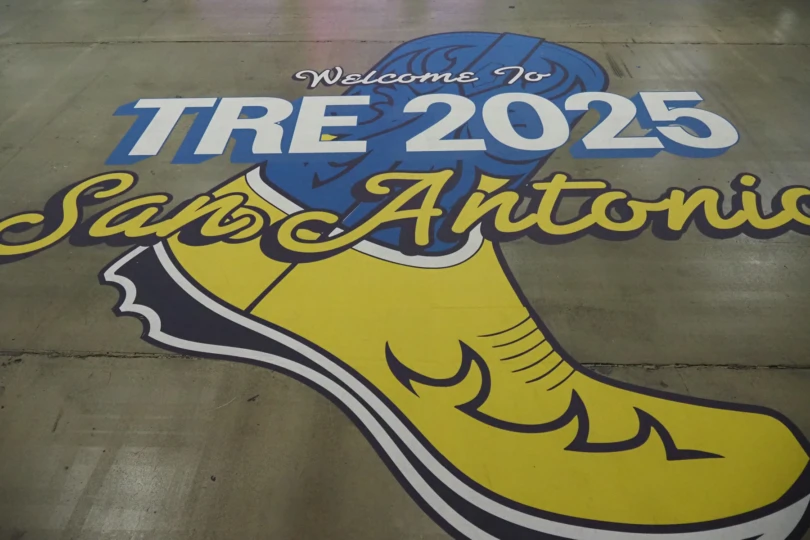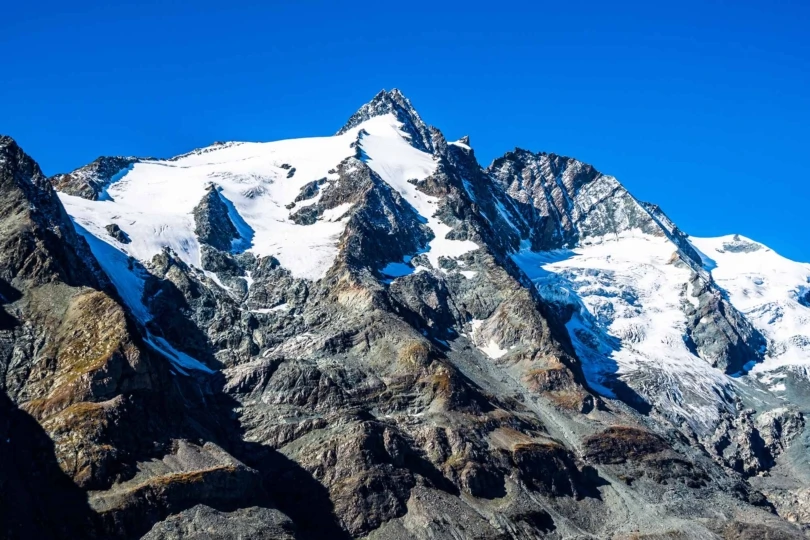Three years after Tenaya first announced it, the Indalo has finally hit the market.
Now that the wait is over, this sleek performance shoe has quickly become my go-to for difficult onsight attempts.
It’s a versatile shoe with mid-range flex and a remarkable capacity for technical footwork, including hooks, scums, jams, and smears. Much like its predecessor — the Tenaya Mastia — the Indalo is a high-end generalist shaped by modern aesthetics and quality materials. It’s the ideal candidate for long and complex routes with multiple angles and hold types.
Fit, Shape, and Comfort of the Tenaya Indalo
I’ve been testing the Indalo for a month, and its stock is growing rapidly after a slightly skeptical early impression. Straight out of the box, the Indalo looked and felt very narrow. It’s built on the same last as the Mastia, but the toebox felt quite a bit thinner.
I ordered the Indalo in the same size as the Mastia, but for the first few sessions, I couldn’t get them on without wrapping my feet in plastic bags to reduce friction.
Like most climbing shoes, the Indalo is designed for a specific foot shape and won’t work well for every climber. Tenaya is known to cater to narrow feet, and the Indalo fits the theme.
From the toebox to the heel, the Indalo has a streamlined profile. It isn’t as slim as Tenaya’s popular Tarifa, but it is not a wide climbing shoe. If your feet are duckish or square in the toe, the Indalo probably isn’t for you.
Though the heel is slender, it’s deep from top to bottom and has a relatively high volume overall. My heel left a tiny bubble of negative space in the thermo-molded heel cup, but this didn’t affect the shoe’s overall performance. If I were dealing with marginal heel hooks, I’d choose a different shoe. Again, everyone’s foot shape is slightly different.
Tenaya gave the Indalo an asymmetric curve to maximize power and tension through the toe. The shoe has a banana-like curve, but it never caused pain or cramps in my feet.
I found the moderate curve of the Indalo to be effective for various foothold types and movements. It improved the precision of the toe and helped latch onto small nubs and spikes on overhanging routes.
I don’t recommend purchasing the Indalo in your street size. I wear a size 10 street shoe and went down to an 8 in the Indalo. The fit is purposely tight and aggressive, and Tenaya’s shoes tend to run very large relative to their size.
If you’re looking for a more beginner-friendly, roomier fit, I recommend sizing down just one full size from your street shoe. But if you’re seeking a performance fit — which will unlock the full potential of the Indalo — size down 1.5 or 2 full sizes.
Similar but Different: Mastia vs. Indalo

The Indalo is the natural progression of Tenaya’s ever-popular Mastia. In recent years, the Mastia has been the foot weapon of choice for elite climbers from Chris Sharma to Drew Ruana.
Many of Indalo’s features, including the split sole construction, heel shape, and XS-Grip rubber outsole, are identical to the Mastia. Both shoes are versatile enough for various hold types and angles and soft and supple enough to thrive on overhanging terrain.
The Indalo is slightly narrower than the Mastia in the toebox and has a larger patch of rubber for toe hooks and scumming. Instead of the Mastia’s single Velcro strap, the Indalo comes with Tenaya’s innovative Draxtor lacing system, which offers a broad range of fit customization.
The adjustable Draxtor strap is a suitable happy medium between a full-length lacing system and the Mastia’s single Velcro strap.
Do-It-All Shoe With a Knack for Small Pockets
I’ve been primarily testing the Indalo on the pocket-laden white dolomite near Lander, Wyo. At the iconic crags of Sinks Canyon and Wild Iris, the crux of many routes revolves around small one- and two-finger pockets. The Indalo’s narrow pointed shape delivered outstanding security while toeing into thin pockets.
I recently climbed a route that features a penny-sized pocket as the crux left foothold. I tried many different shoe models (including the Mastia), and only the Indalo offered sufficient purchase on the micro divot. The “V5” move felt like V0 in the Indalo.
As the high price tag suggests (MSRP $210), this is a high-performance shoe. Compared to most other $200+ climbing shoes, the Indalo was an impressively versatile generalist. Its split sole offered plenty of flex for talon-grabbing footholds on overhangs, but there was just enough rigidity through the midsole for lower-angle terrain and edging.
Unlike “specialist” shoe models like the La Sportiva Solution Comp (a volume-smearing machine), the Indalo didn’t excel at just one climbing discipline. Instead, it was an all-rounder that could do everything competently. The Indalo’s report card is full of A’s and B’s — no F’s, but no A+’s.

Like many components of the Indalo, the tongue is like the Mastia’s. It’s made with elastic mesh, with the same pleasant snugness of a thin sock. Unlike the Mastia, the Indalo’s tongue has a thin layer of padding, which, combined with the soft cotton liner, made for a very comfortable shoe — especially given its aggressive profile.
The Indalo’s microfiber upper uses multiple sewn-together pieces, which helps reduce stretch and maintain the shoe’s original shape in the long term. I’ve experienced minimal stretch in my pair, though they have conformed favorably to my foot shape after half a dozen sessions.
Another minor but noteworthy detail is the “Friction Lock” ridge on the inside edge of both heel cups. This small bump of rubber provided extra purchase for technical finicky heel hooks.
Conclusions on the Tenaya Indalo
Ultimately, if you like the Tenaya Mastia, you will enjoy the Indalo. It’s a similar shoe, just a narrower, comfier version with a better lacing system. It’s a refined generalist with minimal shortcomings.
When leaving the ground on an onsight attempt, the Indalo supplies invaluable confidence: no matter what kind of holds or climbing style I encounter, the Indalo is up to the task.
- Comfort: 8/10
- Grabbing: 8/10
- Edging: 8/10
- Smearing: 7/10
- Hooking: 9/10
- Scumming: 8/10
- Longevity: 8/10
- Aesthetics: 9/10








